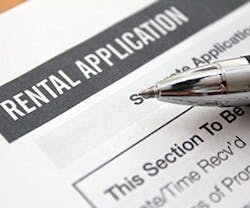Is Tenant Star a Game Changer?
A new energy efficiency program under consideration by Congress could fill an important niche in encouraging building energy efficiency.
The Better Buildings Act of 2013 features Tenant Star, a complement to ENERGY STAR that would promote efficient practices in leased spaces.
Tenant Star is inspired by a long-standing problem – landlords have no incentive to implement energy efficient technology when tenants pay for their own energy, and tenants are loath to pay for facility improvements when they won’t benefit from the increased building value.
If approved, Tenant Star would direct the GSA and the DOE to develop model leasing provisions and voluntary best practices for both landlords and tenants. These would encourage adoption of efficiency measures that pay for themselves through energy savings, according to the background memo provided by the committee’s majority staff, with the cost savings justifying the tenant investment.
Meanwhile, the Energy Information Administration’s Commercial Building Energy Consumption Survey (CBECS) would collect data on categories of building occupants known to be energy intensive, such as data centers, trading floors, and restaurants. This data would then be used as a baseline to measure building improvements.
The bill establishes two tracks for Tenant Star: an occupancy-based program for tenants who voluntarily achieve high efficiency levels while occupying leased spaces and a design-based one for fit-outs of new spaces prior to occupancy.
As of press time, the Better Buildings Act of 2013 had just cleared the House Energy and Commerce Committee and moved to the full House for consideration.
